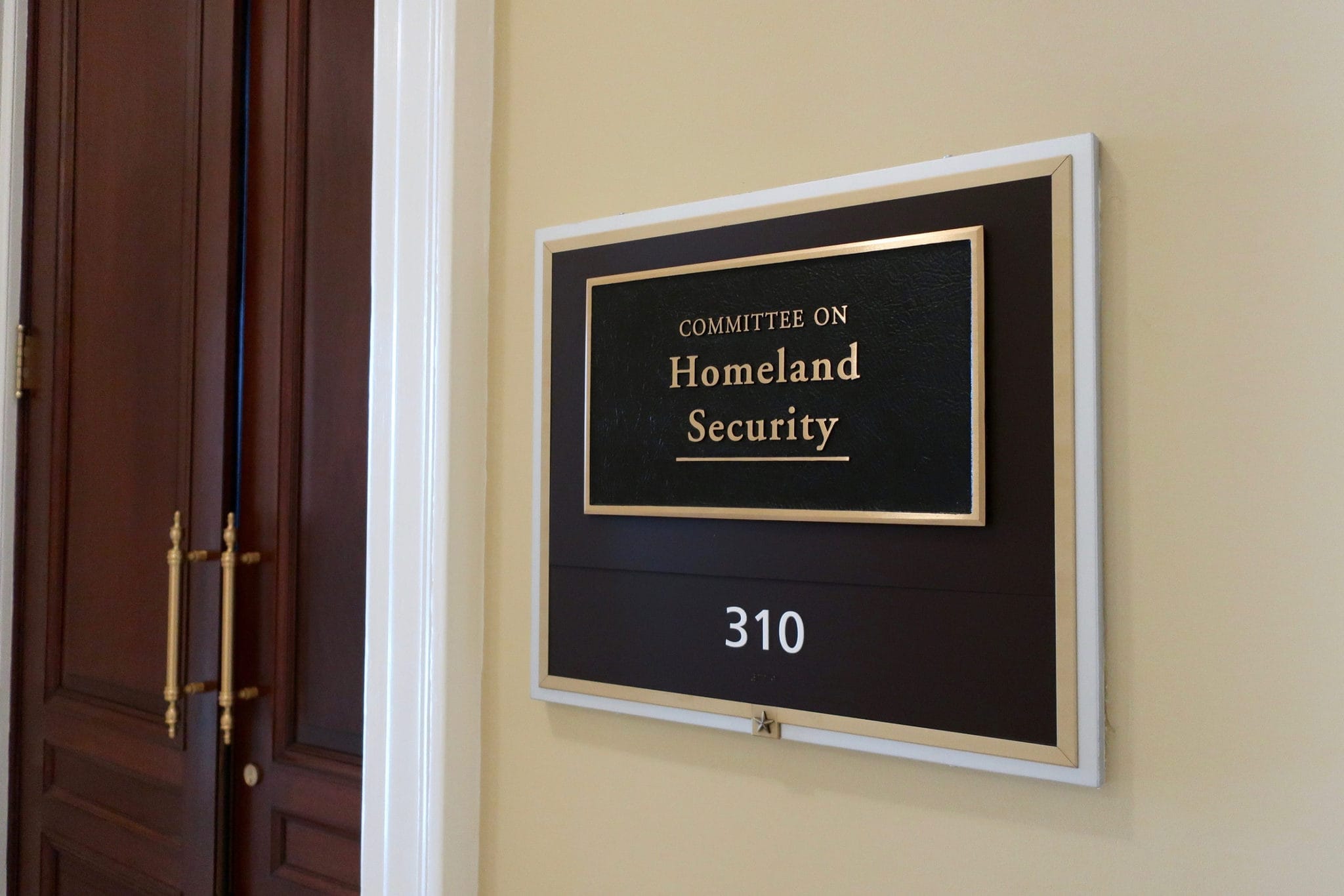-
 Legislative Director and Special Assistant to the Executive DirectorNational Association of Attorneys General
Legislative Director and Special Assistant to the Executive DirectorNational Association of Attorneys General
In a year that began with Congress being assaulted by a group that included individuals wearing “Camp Auschwitz” shirts and displaying symbols of hate, it is clear that hate and antisemitism is alive and well in the United States. To help address the rise of domestic antisemitic and hate incidents, NAAG President and District of Columbia Attorney General Karl Racine recently partnered with the American Jewish Committee (AJC) to provide virtual training on identifying and combating antisemitism to over 300 registrants from the attorney general community as part of his 2021 NAAG Presidential Initiative, “The People v. Hate: Standing Up for Humanity.” At the core of the 2021 NAAG Presidential Initiative are two goals: raising awareness of hate and related violence and preventing hate from taking root in our communities. The joint training with AJC worked towards accomplishing both those goals by educating attorney general staff within our own community. Some of the discussions included recognizing antisemitic tropes and conspiracy theories, a history of antisemitism in the United States, and how attorney general staff can incorporate this knowledge into their personal and professional lives.
In the Anti-Defamation League’s (ADL) annual Audit of Antisemitic Incidents, researchers found that 2019 had the highest level of antisemitic activity ever recorded since the ADL began tracking incidents in 1979. This included a horrifying 56% increase in assaults over the preceding year. The International Holocaust Remembrance Alliance working definition of antisemitism “is a certain perception of Jews, which may be expressed as hatred toward Jews. Rhetorical and physical manifestations of antisemitism are directed toward Jewish or non-Jewish individuals and/or their property, toward Jewish community institutions and religious facilities.” From anonymous social media trolls to recently elected members of Congress, antisemitism and the dangerous perception it creates continues to evolve and reveal itself in numerous ways.
During the joint training with the AJC, facilitators discussed one of the most common ways antisemitism seeps into our society: false conspiracy theories. The most notable theme in antisemitic conspiracy theories throughout history has been the Rothschild family. Accusing the Rothschilds, a Jewish family that became wealthy and prominent during the 18th century, of everything from controlling the weather to assassinating six U.S. Presidents is one of the most frequently used antisemitic tropes in modern history. The tactic of blaming the Rothschild family for the world’s problems with often outlandish falsehoods was first used by a London newspaper that published “The Rothschild Libel” pamphlet in 1846. Signed by Satan, the pamphlet was filled with derogatory antisemitic language and is demonstrably false.
The United States has a long history of antisemitic incidents perpetrated by individuals who acted on their belief in antisemitic tropes and conspiracy theories. This includes violence such as the 1915 lynching of Leo Frank in Atlanta, the only known Jewish lynching in American history and the inspiration for the founding of the ADL, and the 2018 shooting at the Tree of Life Synagogue in Pittsburgh, where the assailant yelled “all Jews must die,” before killing eleven congregants. Non-violent crimes motivated by antisemitism have also been used as tools to intimidate and create fear, such as the vandalism of Jewish headstones in the Chesed Shel Emeth Society cemetery in Missouri. After the incident received international attention, then-Vice President Mike Pence travelled to Missouri to help clean up the vandalized cemetery and issued a statement that “there is no place in America for hatred or acts of prejudice or violence or antisemitism.” Just hours after the training for attorney general staff concluded, several statutes erected as memorials to students killed in the Holocaust were destroyed in Tulsa at the Sherwin Miller Museum of Jewish Art.
A recurring theme during all discussions of hate, including antisemitism, is the underreporting of hate incidents. All hate crime data reported annually through the Federal Bureau of Investigation’s Uniform Crime Reporting Program is completely voluntarily. There is a wide range of reasons victims choose not to report as well as reasons why government data would not capture reports. For victims, a hate crime or incident may cause them to feel shame or embarrassment that would cause them not to report the incident to local authorities. In certain regions, a history of indifference or inaction by authorities could also convince victims that there is no reason for them to bother to report the incident. For law enforcement, there is also no national standard for or definition of a hate incident. What might be considered a hate crime in one part of the country might not be seen the same way in another region, for example. In addition to a lack of a national standard, many jurisdictions do not provide proper training to help law enforcement know how to recognize and properly report a hate incident.
As public officials, attorneys general have a platform that allows them to combat hateful and antisemitic disinformation. By partnering with organizations like AJC, NAAG continues to support coordinated efforts among attorneys general and partners dedicated to eliminating hate. All types of hate are interconnected. By educating and growing awareness of antisemitism, attorneys general around the country are helping fight hate in all forms.



